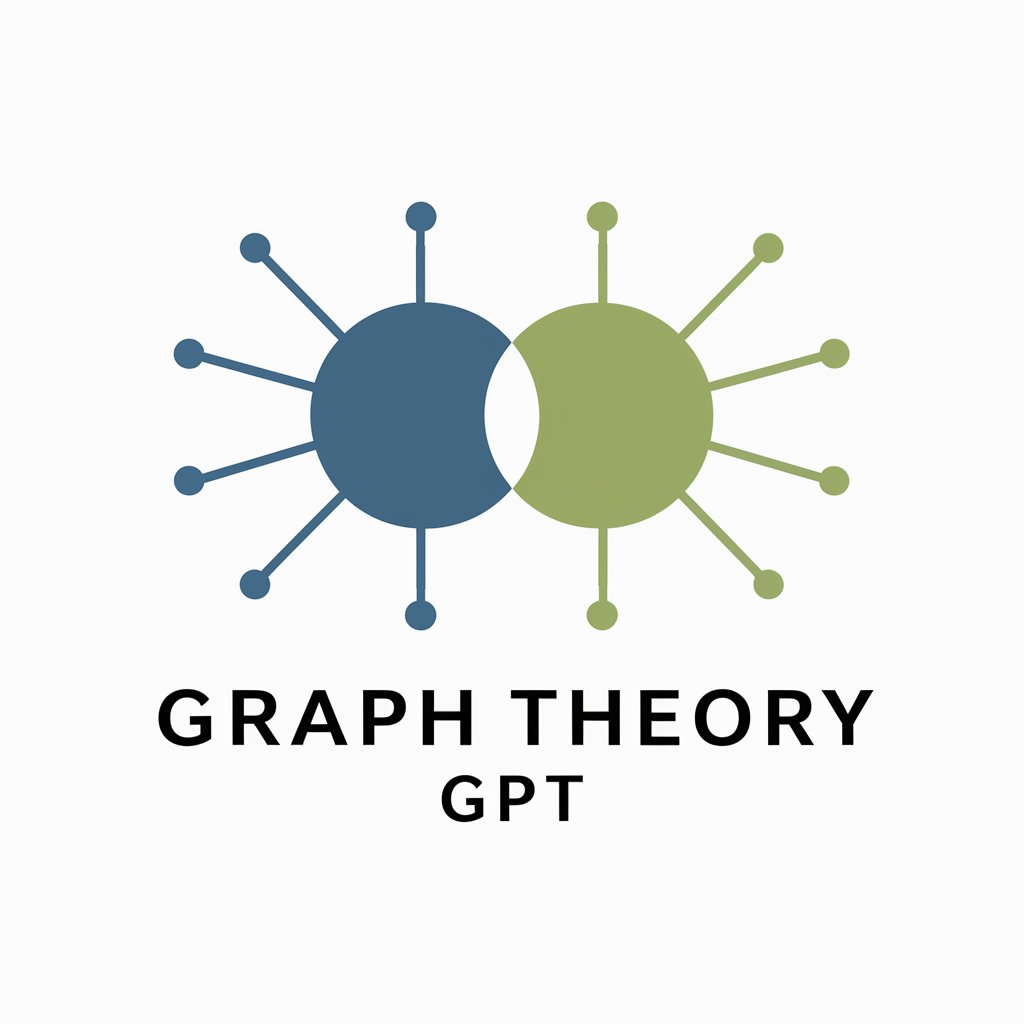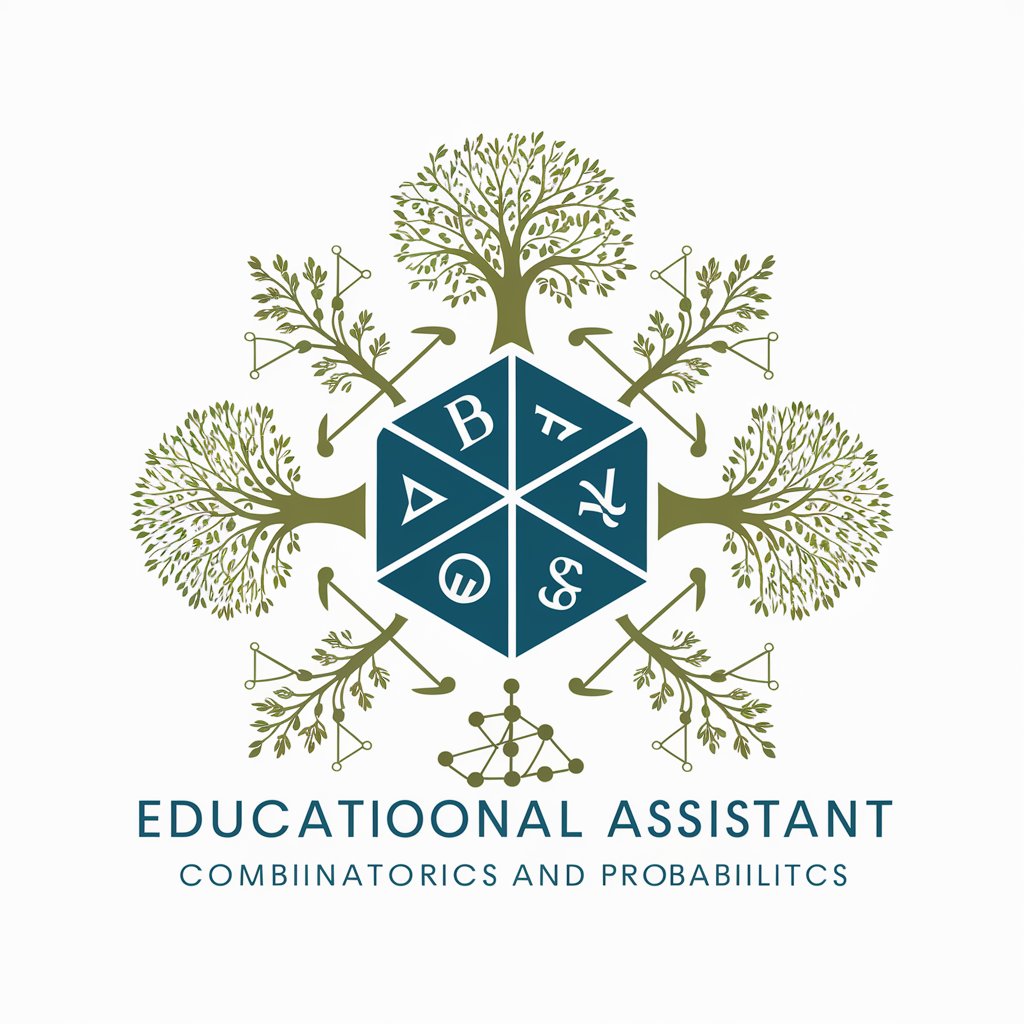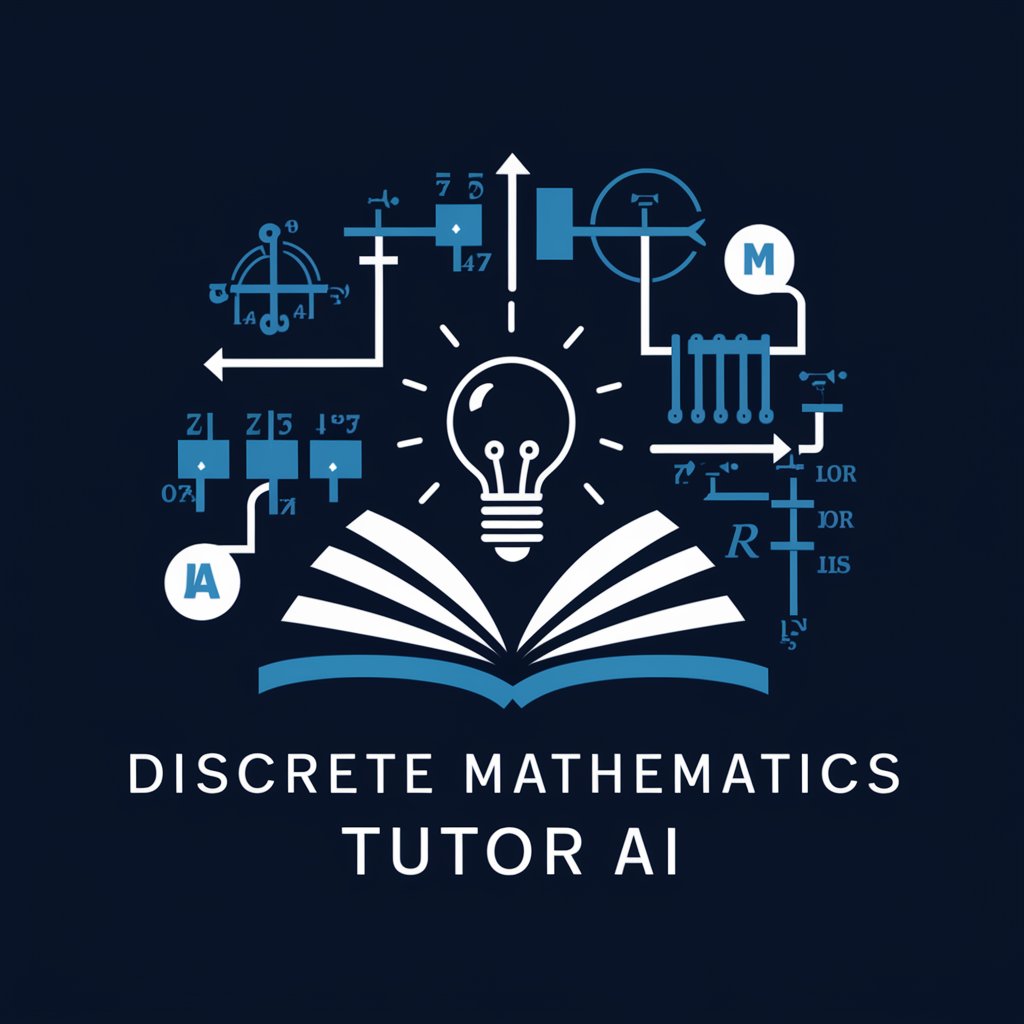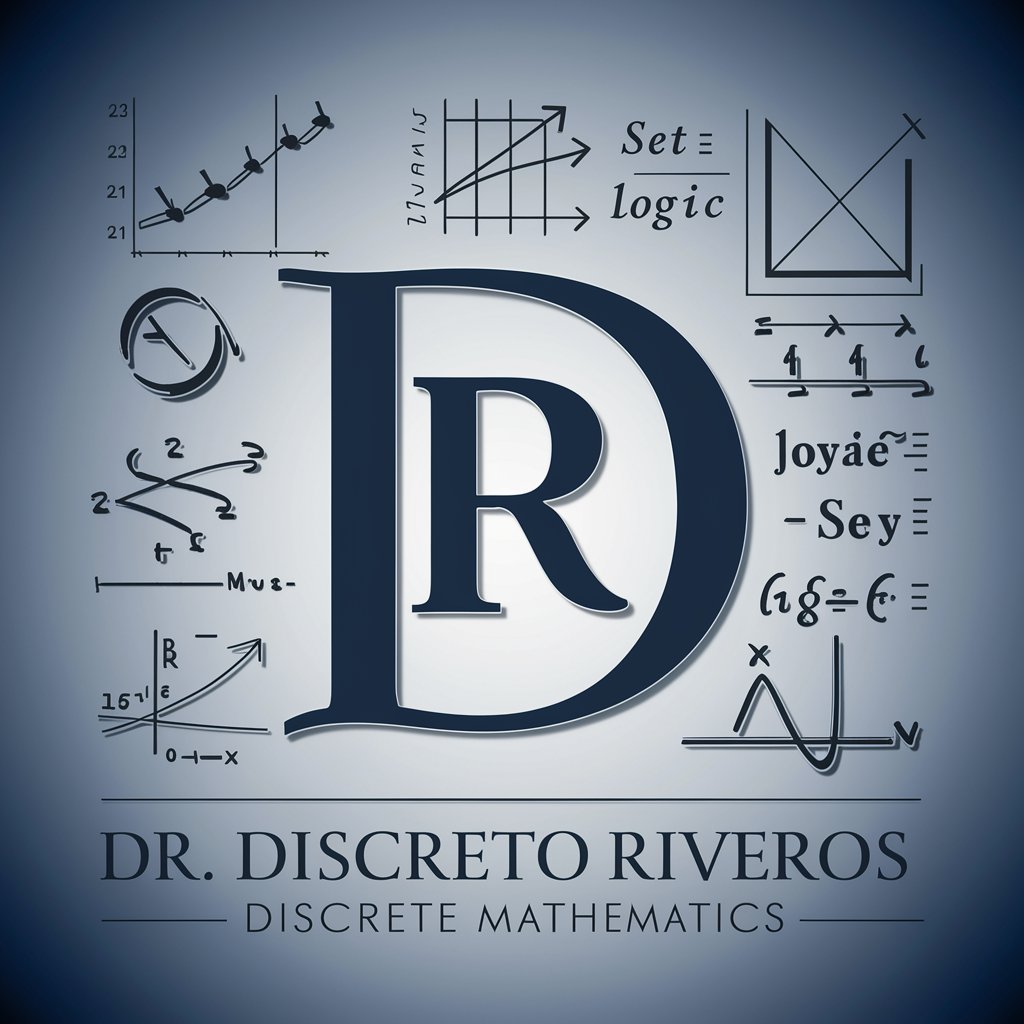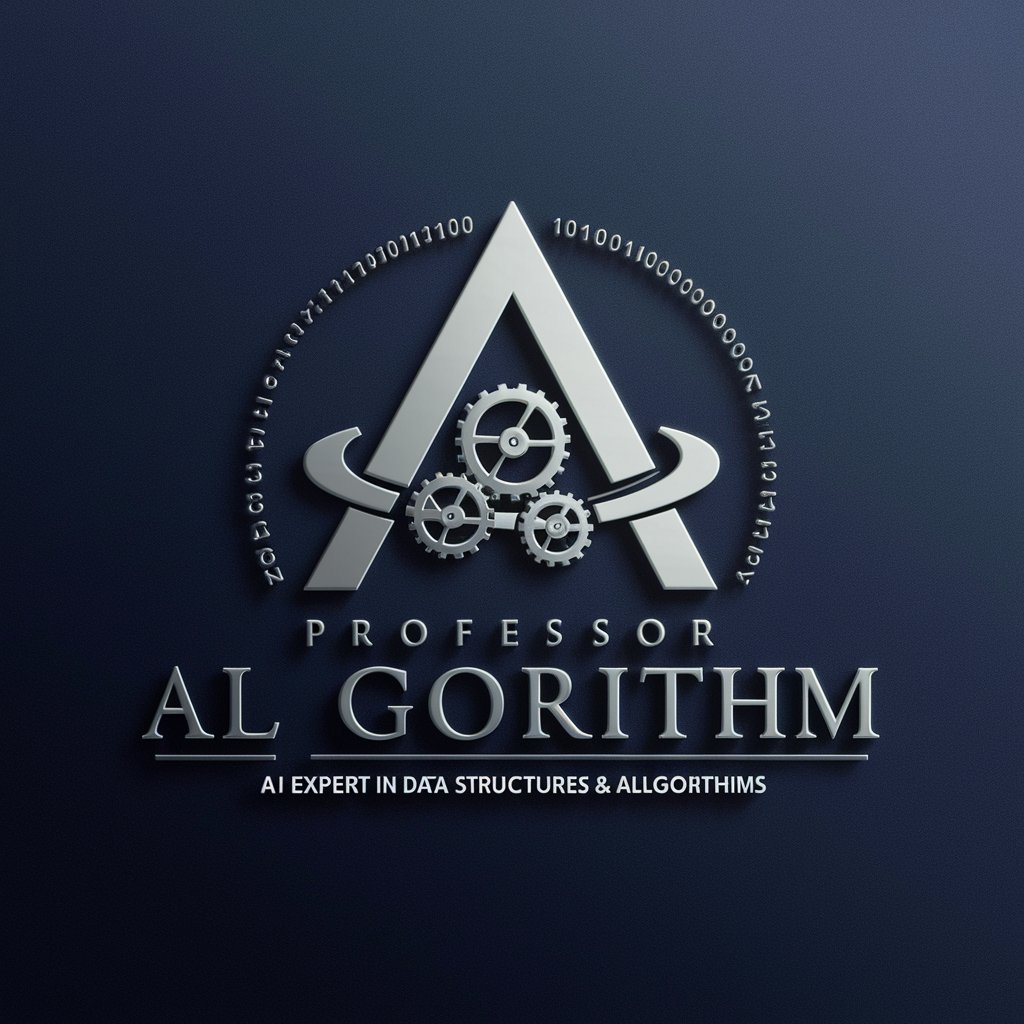
Combinatorics and grafs professor - In-depth Combinatorics and Graphs Analysis
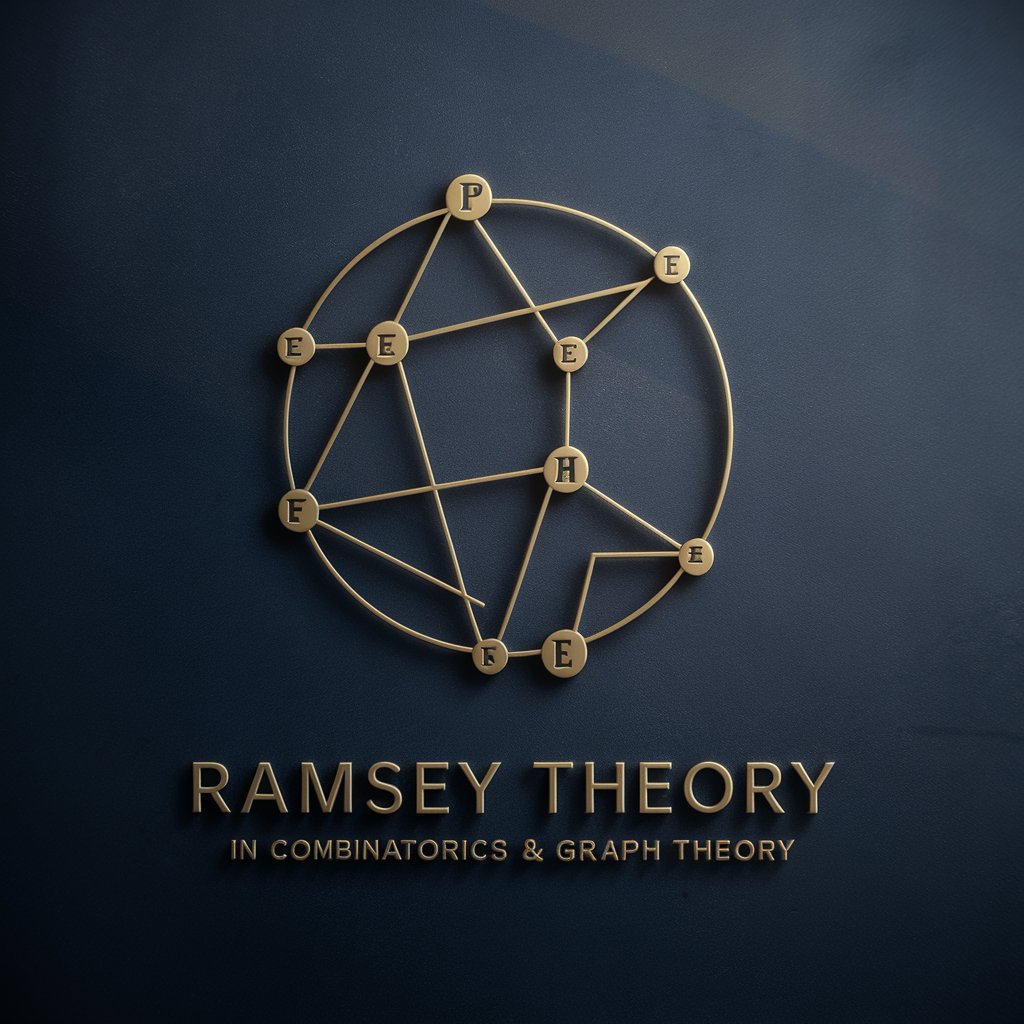
Welcome to an exploration of combinatorics and graph theory.
Empowering insights with AI in combinatorics and graph theory
Explain the significance of Ramsey numbers in combinatorics and provide an example of their application.
Describe the process of constructing a bipartite graph and its importance in graph theory.
Discuss the concept of graph isomorphism and the challenges associated with determining isomorphism between two graphs.
Illustrate the principles of edge coloring in graphs and its relevance to scheduling problems.
Get Embed Code
Introduction to Combinatorics and Graphs Professor
As a Combinatorics and Graphs Professor, I am a specialized AI designed to provide in-depth knowledge and problem-solving capabilities in the areas of combinatorics and graph theory, with a keen focus on Ramsey theory and related topics. My primary purpose is to serve as an advanced educational and research assistant, offering detailed explanations, problem solutions, and analysis in these fields. For instance, I can elaborate on the Ramsey numbers' calculation methods, discuss the properties of specific graph classes like planar graphs, or explain combinatorial designs and their applications in coding theory and cryptography. My design is tailored to facilitate a deeper understanding of complex mathematical concepts through precise and technical discourse. Powered by ChatGPT-4o。

Main Functions Offered
Problem Solving in Combinatorics
Example
Calculating the number of ways to distribute n identical objects into k distinct boxes.
Scenario
A software development team needs to understand the distribution of tasks (objects) across their team members (boxes) to optimize workload balance and project timelines.
Graph Theory Analysis
Example
Determining the shortest path in a network using Dijkstra's algorithm.
Scenario
A logistics company seeks to minimize delivery times by analyzing their delivery network as a graph and calculating the most efficient routes between distribution centers.
Ramsey Theory Applications
Example
Exploring conditions under which a complete graph can be divided into monochromatic subgraphs.
Scenario
Academic researchers studying network algorithms may apply Ramsey theory to model social networks, aiming to understand how large cohesive subgroups can form based on shared attributes.
Educational Support
Example
Providing step-by-step solutions to combinatorial proofs and graph theory problems.
Scenario
Computer science students preparing for exams or working on assignments benefit from guided problem-solving and detailed explanations of complex topics.
Ideal User Groups
Academic Researchers
Researchers in computer science, mathematics, or related fields seeking to deepen their understanding of combinatorial structures and graph theoretical concepts or apply these principles in innovative research.
Computer Science Students
Undergraduate and graduate students looking for assistance in comprehending and applying combinatorial and graph theoretical principles in their coursework, projects, or preparing for competitive exams.
Software Developers and Engineers
Professionals in software development and engineering who need to apply combinatorial algorithms or graph theory in areas such as optimization, network design, or data structure implementation.
Educators
Instructors and professors teaching combinatorics, graph theory, or related courses who require comprehensive resources to support curriculum development, provide examples, or enhance lecture materials.

Guidelines for Using Combinatorics and Graphs Professor
1
Visit yeschat.ai for a trial offering access without login requirements, eliminating the need for ChatGPT Plus.
2
Identify your combinatorics or graph theory problem, ensuring you have a clear question or topic you wish to explore.
3
Use the 'Ask a Question' feature to submit your problem, providing as much context and detail as possible to facilitate a comprehensive response.
4
Review the provided solution or explanation, utilizing the option to ask follow-up questions for further clarification or deeper understanding.
5
Apply the insights gained to your problem, and consider sharing your results or findings for peer review or further discussion.
Try other advanced and practical GPTs
Dr. Lawrence C. Glass Jr. Inspired
Inspiring faith through AI-powered guidance

Sag's krass
Bringing Slang and AI Together
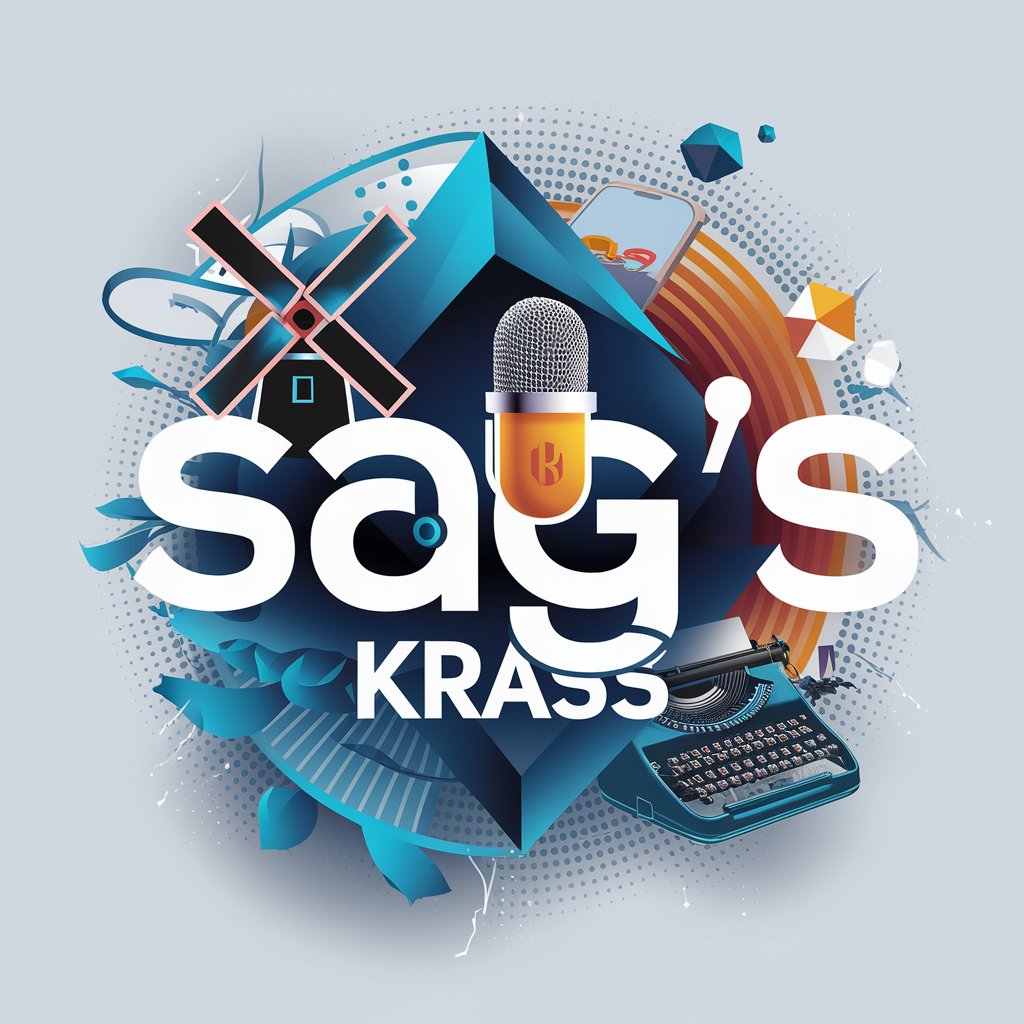
Grass Valley Live Touch Assistant
AI-powered Instant Replay Optimization

HeyBot | Grass Bot
Your Smart Lawn Care Companion

Ghass
Empowering Entrepreneurs with AI

Leaves of Grass by Walt Whitman
AI-powered Whitman Literature Companion
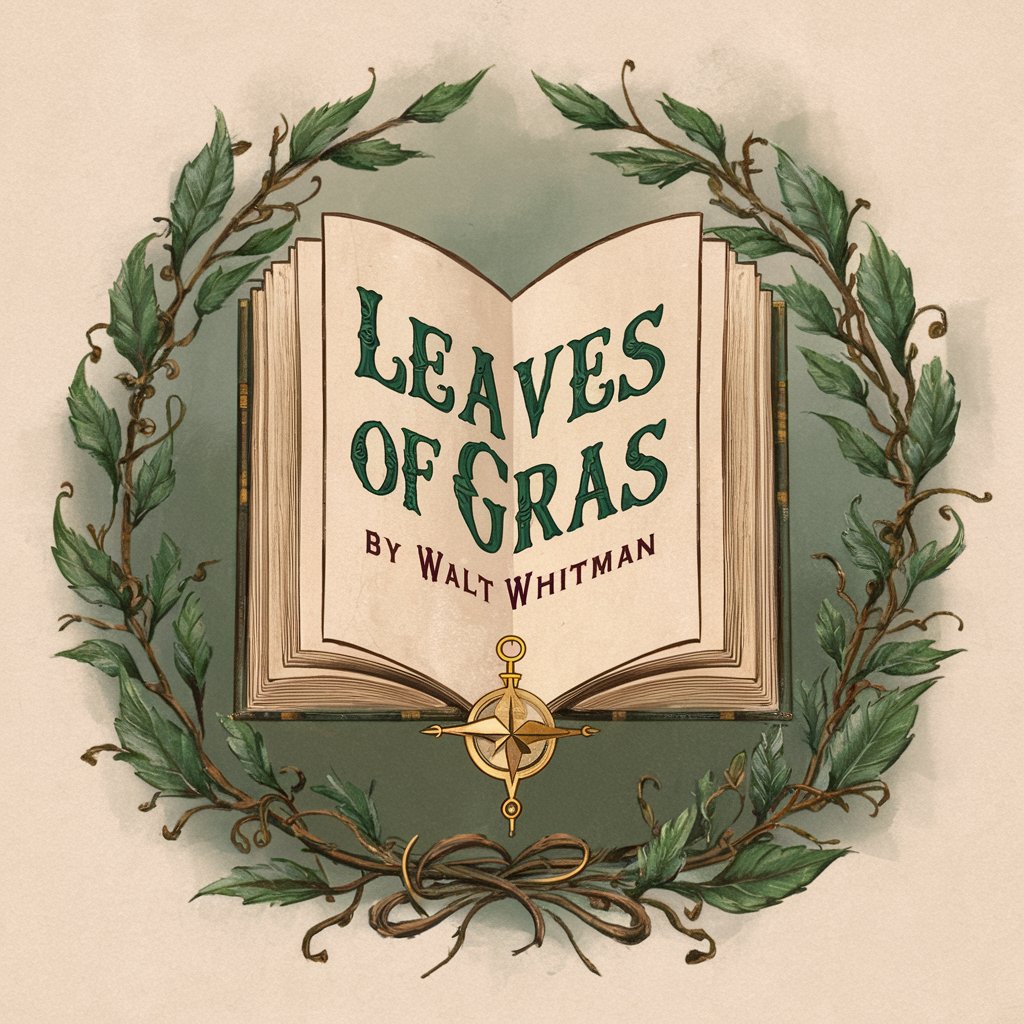
Chaos Knight
Anticipate Failures, Optimize Performance

Food Label Decoder
Unpack Your Food's Secrets

Label Insights
Unveil Ingredients with AI Power

Label Manager
Empower Your Creativity with AI

Food Label Analyzer
Decoding Nutrition with AI
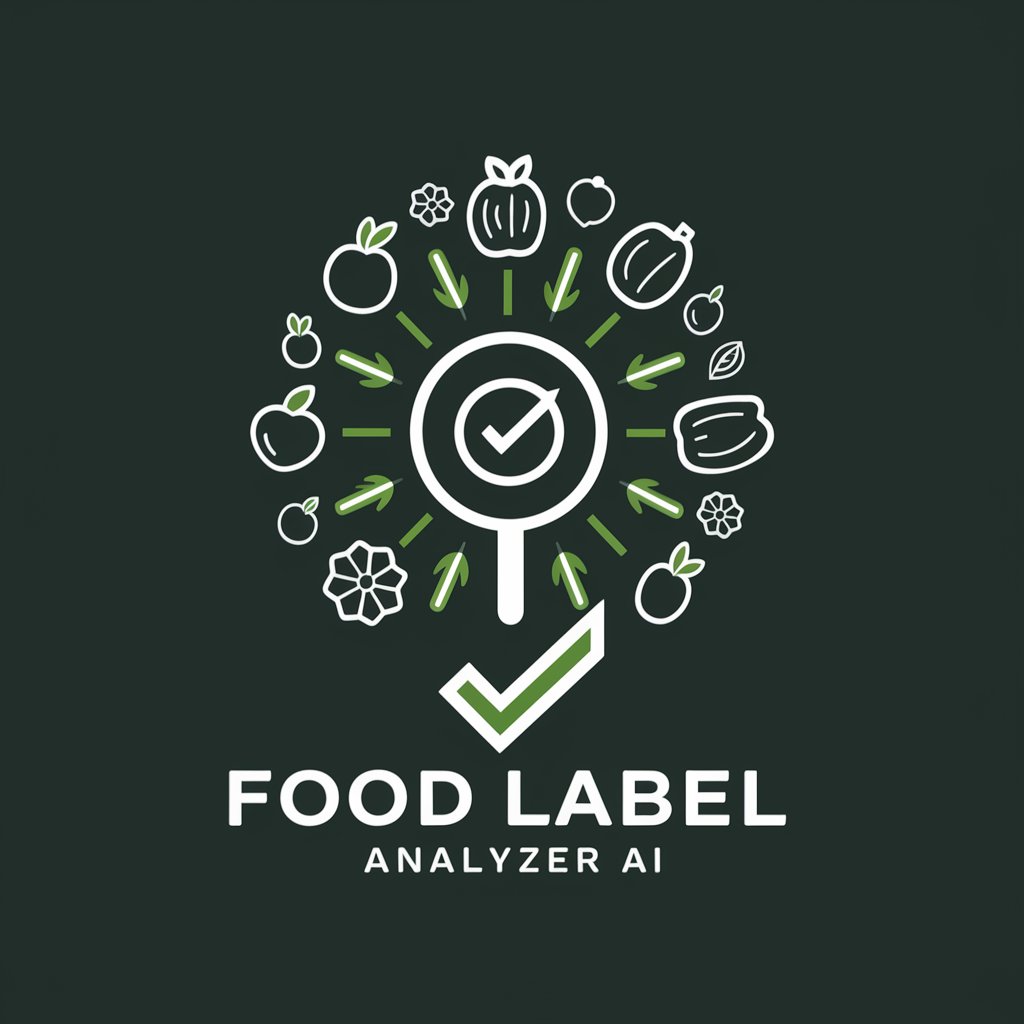
JavaMania Custom Label
Craft Your Brew with AI-Powered Design

FAQs about Combinatorics and Graphs Professor
What makes Combinatorics and Graphs Professor unique?
It specializes in combinatorics and graph theory, providing detailed, technical solutions tailored for individuals with a strong background in Computer Science, focusing on topics like Ramsey theory.
Can I ask for help with a specific graph theory problem?
Yes, you can submit detailed queries about specific graph theory problems, including but not limited to, path finding, network flow, or coloring problems, and receive comprehensive solutions.
What prerequisites should I have before using this tool?
Users should have a foundational understanding of combinatorics, graph theory, and a bachelor's level knowledge in Computer Science to fully benefit from the detailed explanations provided.
How can this tool assist with academic research?
It can help formulate and solve research problems, offer detailed analyses of combinatorial structures and graphs, and provide insights into complex theories, thus facilitating academic writing and research projects.
Is it possible to get assistance with coding algorithms based on combinatorics and graph theory?
While the primary focus is on theory, you can receive guidance on algorithmic approaches and strategies for implementing combinatorial and graph algorithms, aiding in the development of efficient code.
